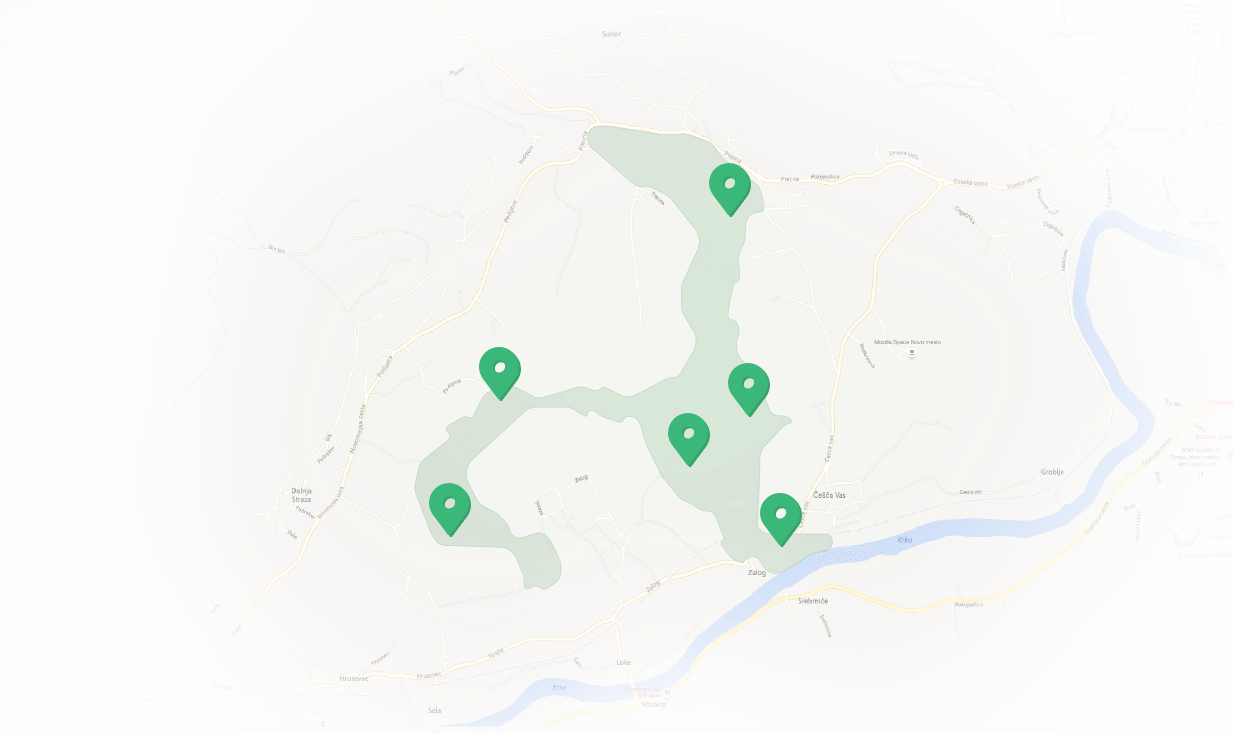Large copper Lycaena dispar

Features
It flies between May and June to August to September in two embryos, we say it is a species of two generations. It is the largest specimen in Europe.
| Species | Insect |
| Living space | Lake, Pond, River edge, Swamp, Wet site |
| Size | 30-40 mm (wingspan) |
Description
The female is usually larger than the male. The upper side of the male's wings is golden red with a narrow black edge and one black spot on each wing. In females, the upper side of the forewings is less pronounced fiery red, and the black outer edge is wider than in males; the upper side of the hind wings is black, only the broad outer edge is orange. The underside of the forewings is orange in males and females with black spots at the outer edge of the wings and with white-bordered black spots against the body of the butterfly. The underside of the hind wings is bluish gray in both sexes, and the orange outer band runs from the first to the sixth vein. The white-bordered spots are arranged in a characteristic pattern. In Slovenia, the species is an endangered species due to the disappearance of wetland habitats. It lives in limited areas in moist meadows and swamps, inhabits the banks of rivers and lakes and water ditches overgrown with high and dense herbaceous vegetation. Specimens of this butterfly are usually found singly, as the male protects his territory from other males of the same species. A small marshy meadow or 100 and more m² is enough for one pair of Large cooper. It feeds on different types of acids. The female lays eggs in small groups on the underside of the leaves of the caterpillar food plants. The caterpillar is green and sprinkled with white spots; his head is brown. They overwinter in the cold part of the year and become active in mid-May. They bud on the stem or along the central vein on the food plant. The beetle is ashy gray with brown spots.Large copper
on the habitat Temenica
It flies from May to June and from August to September in two embryos.

Features Temenica (3)
SPECIAL ogr.




